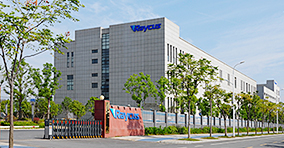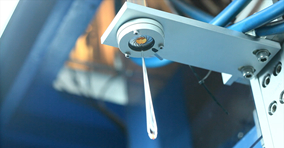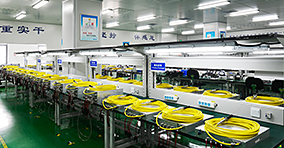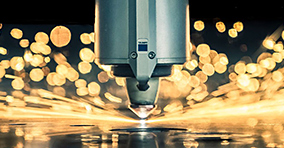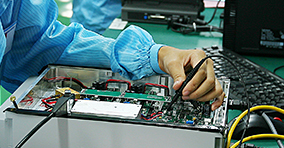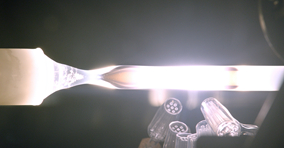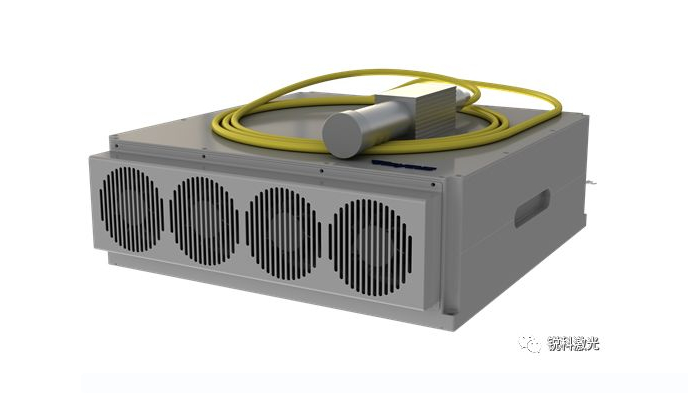[Rayclass | Rui Class] No. 13: An Efficient Soldering—Vibrating Mirror Soldering
With the development of science and technology, electronics and digital products are used more and more frequently. The products covered by this field are more or less related to soldering, ranging from PCB board main components to crystal oscillator components. , Can not do without the need for precision welding process-soldering.
At present, in the electronics industry, there are mainly two types of soldering methods for wires and PCB boards, which are HotBar (hot-melt soldering) and electric iron soldering. These two soldering methods both rely on manual operations. The process Complex, low yield, low efficiency and other shortcomings.
This issue [Rayclass | Rui class]
by comparison
Galvanometer pulse laser welding
VS
HotBar welding
To analyze the advantages of laser in the field of soldering
Provide an efficient soldering solution
Soldering is a welding method that uses low melting point metal solder to heat and melt, and then penetrates and fills the gaps at the joints of metal parts. In the traditional method, HotBar welding is more common.
HotBar is also called Haba soldering. Its principle is to first print solder paste on a circuit board (PCB), and then use heat to melt the solder and connect the wires. This process uses pulse current to flow through materials with high resistance such as molybdenum and titanium. The electric heat generated at that time is used for heating, and then the solder paste on the PCB is melted by the thermal head to achieve the purpose of soldering.
HotBar welding process is complicated: the main steps are clamping, splitting, and hot pressing. Every half hour you need to clean the welding head with a copper brush and clean the welding base with a brush.
Various adverse phenomena are high
When wires and PCB boards are welded with HotBar, phenomena such as crushing the board and burning points often occur, leading to a reduction in yield. Common defects include less tin, misalignment, short circuits, and tin beads.
In order to improve the welding efficiency and yield, we recommend a new soldering method, which can use a 100W narrow pulse width fiber laser with a galvanometer welding head for soldering.
Galvanometer pulsed laser soldering
Laser soldering principle
As a rapid development of laser soldering technology in recent years, compared with the traditional soldering process, laser soldering technology is more advanced.
Laser soldering is based on the direct action of light and materials to produce melting and welding. It belongs to ” surface exotherm ” and has a very fast heating rate . HotBar welding is based on the “heat transfer” of the thermal head to slowly heat up.
Galvanometer laser soldering process
PCB board and wire pre-tinned
Galvanometer laser soldering is a main form of laser soldering, which has the characteristics of one-time operation. Compared with other soldering methods, it can clamp materials at one time and automatically complete welding, which has a wide applicability.
Galvanometer pulsed laser soldering advantages
Compared with the traditional soldering process, galvanometer pulse laser soldering has obvious advantages:
For example, a USB data cable is used to connect and communicate between a computer and external devices, and it can also be used to charge a mobile phone and connect to external devices. Popularly speaking, it is used for data transmission and charging. How was such a small data cable produced? The shield case and USB head of the mobile phone data cable are made of stainless steel, and its precision welding position is very small.
In order to meet the needs of customers, Ruike Laser has adopted an efficient soldering method-galvanometer welding. Galvanometer laser welding has the advantages of fast welding speed, high accuracy, stable quality, convenient operation, and simple maintenance. It meets the social environment with large production capacity requirements, and is especially suitable for laser precision spot welding of various components.
The welding effect is shown in the figure below.
In addition, galvanometer pulse laser soldering can also be applied to wire connectors, PCB circuit boards, optical components, acoustic components, semiconductor refrigeration components and other electronic components.
Adopting 100W narrow pulse width pulse laser of Ruike laser and integrated galvanometer welding head for soldering, which will not damage the electronic components in the welding part during welding, large welding depth, small surface width, high welding strength and high speed With non-contact welding, minimal heat affected zone and controllable solder joint temperature, it is very suitable for the electronics industry (suitable for solder joint size: Φ0.2mm ~ 1.5mm), ensuring the durability, reliability and shielding of mobile phone data lines efficacy.
Soldering demo
Solder sample


